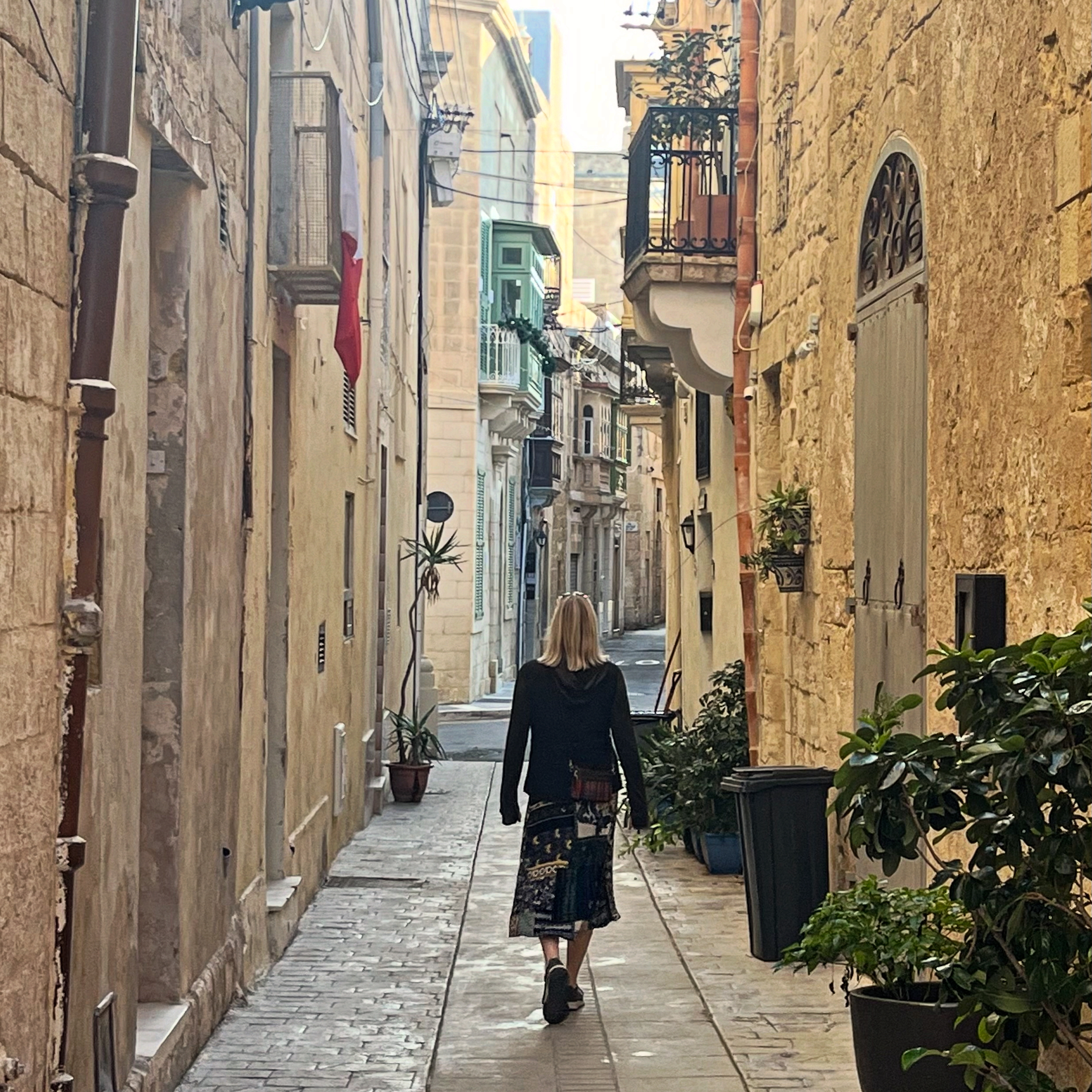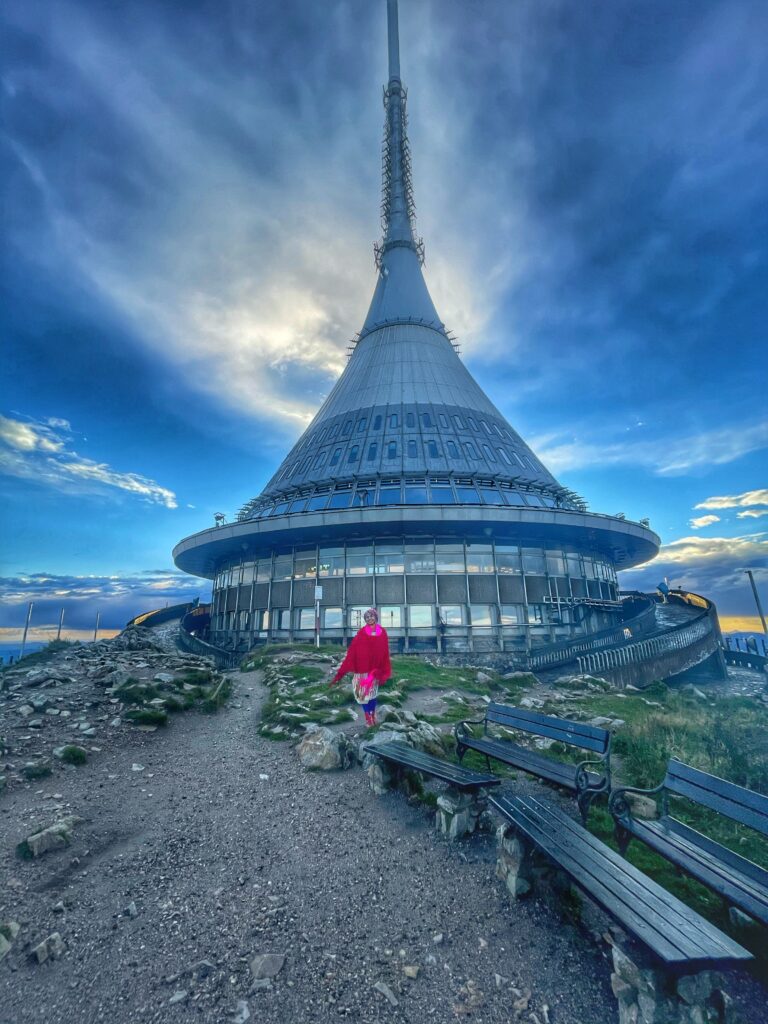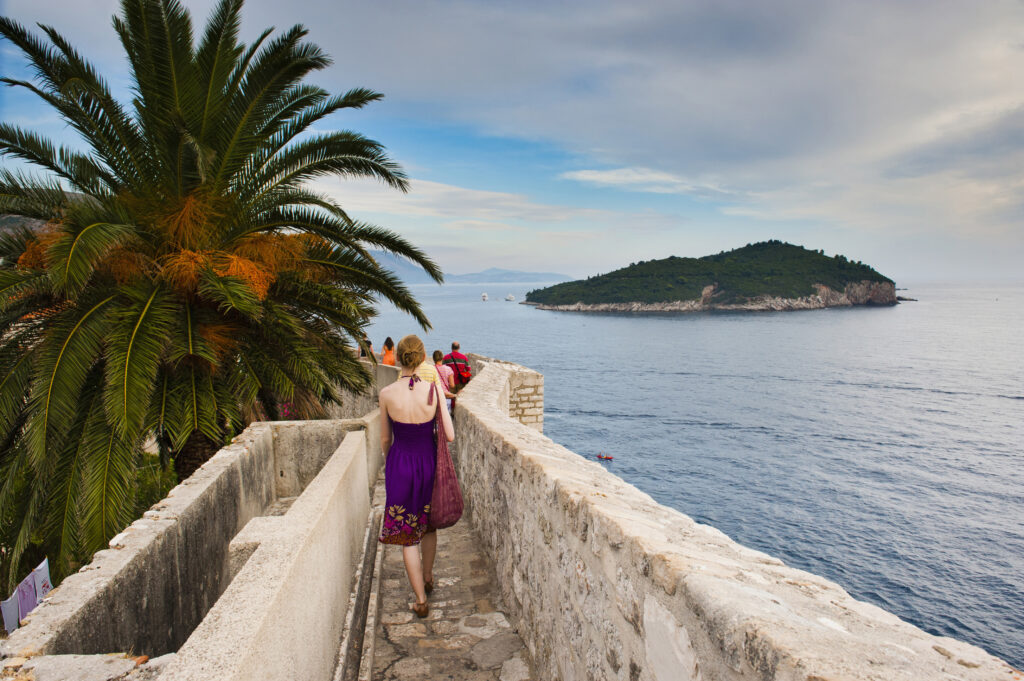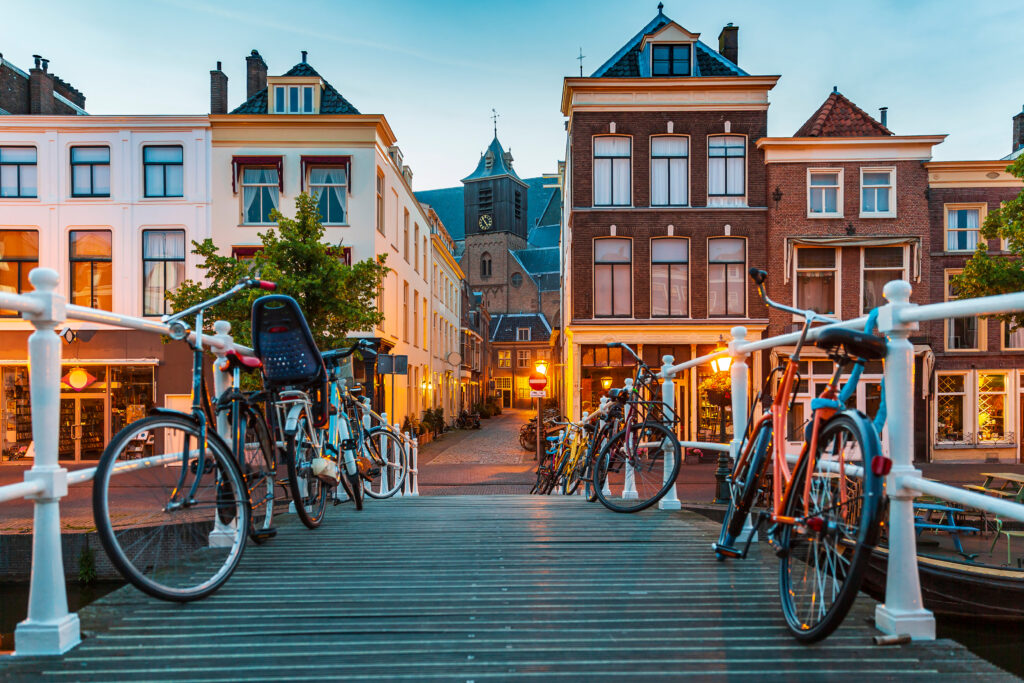Gazing out over Malta’s spectacular coastline, the warming Mediterranean sun brings a sense of relaxation. With its beautiful weather, dramatic beaches and crystal-clear waters, Malta is a paradise for sun seekers and water sporters. Yet beyond its obvious appeal, Malta surprises many as an off-the-beaten-path gem, rich in hidden coves, quiet fishing villages, and a fascinating history that feels worlds away from more crowded Mediterranean spots.
Turning your gaze inland, you can discover a different Malta – a remarkable 6,000 years of human history layered with cultural influences. The Phoenicians, Romans, Byzantines, Arabs, Normans, French and British all helped shape Malta’s language, cuisine and traditions – leaving their mark on the island in ways that are as easy to explore as they are fascinating to uncover.
At the Ħal Saflieni Hypogeum, goosebumps prickle as you descend deep into Malta’s prehistoric past. Around 2500 BCE, unknown hands carved this ancient underground burial complex into the rock; today, walking its passages, halls and chambers brings a haunting glimpse into the spiritual lives of a long-gone people. The megalithic temples of Ħaġar Qim and Mnajdra are among the oldest freestanding structures in the world—older even than Egypt’s pyramids. Perched dramatically on a clifftop overlooking the sea, you have to admire the engineering skill and communal will of the society that constructed them some 5,000 years ago.

Although Mdina was inhabited from prehistoric times, the Phoenicians shaped it into Malta’s ancient capital around 800 BCE. Later occupied by Romans, Byzantines and Normans, Mdina famously became the home of Malta’s noble elite. Behind its imposing city walls, a beautifully preserved maze of winding cobbled streets carries you back in time through a living museum of medieval houses, palaces and churches. Known locally as the Silent City, listen closely and their walls seem to whisper their stories.
But it was Valletta that emerged as the modern capital of Malta after the Knights of St John fought off the besieging Ottoman Turks in 1565. This fortified city of grand baroque palaces, churches and the magnificent St John’s Cathedral brings history at every turn making it impossible not to immerse yourself in the past. Even a walk in the peaceful oasis of the Upper Barraka Gardens is shattered by history when traditional cannons are fired at noon: watching the powder smoke linger on the parapet, it’s easy to imagine jubilant defenders cheering as an enemy warship turns to flee.
And Malta’s proud military past is on full display in the National War Museum at Fort St Elmo. From the ramparts of this star-shaped fortress, Malta’s defenders heroically faced the full force of the Ottoman army and then nearly 400 years later were targets for enemy attack when Malta again came under siege in World War II. The courage of the Maltese people in those dark days is powerfully portrayed in the museum and celebrated by the George Cross medal famously awarded to the islanders for their bravery. It’s a deeply moving sight.
But it’s a visit to one of the underground air raid shelters that most profoundly brings their story to life. At Mellieħa, you can see how thousands of desperate civilians dug tunnels deep into the limestone to survive through months of bombardment. Numerous wartime relics are scattered across the island, but for divers it is the sea that holds the most extraordinary experiences. With the right qualifications and permits, there are many wrecks that can be explored including submarines, warships and planes.
Thanks to its compact size and well-connected public transport network connecting towns and tourist attractions, it’s easy to explore Malta’s history in an eco-conscious way. And traveling through its charming villages, you may stumble across the unexpected upgrade of a parish Festa – a time when villages erupt with a carnival atmosphere to celebrate their patron saint. It’s another tradition that reflects Malta’s conscious embrace of its heritage: more than its popular beaches, trendy bars and vibrant nightlife, it’s Malta’s tangible connections to its past that make the island come alive for its visitors.
